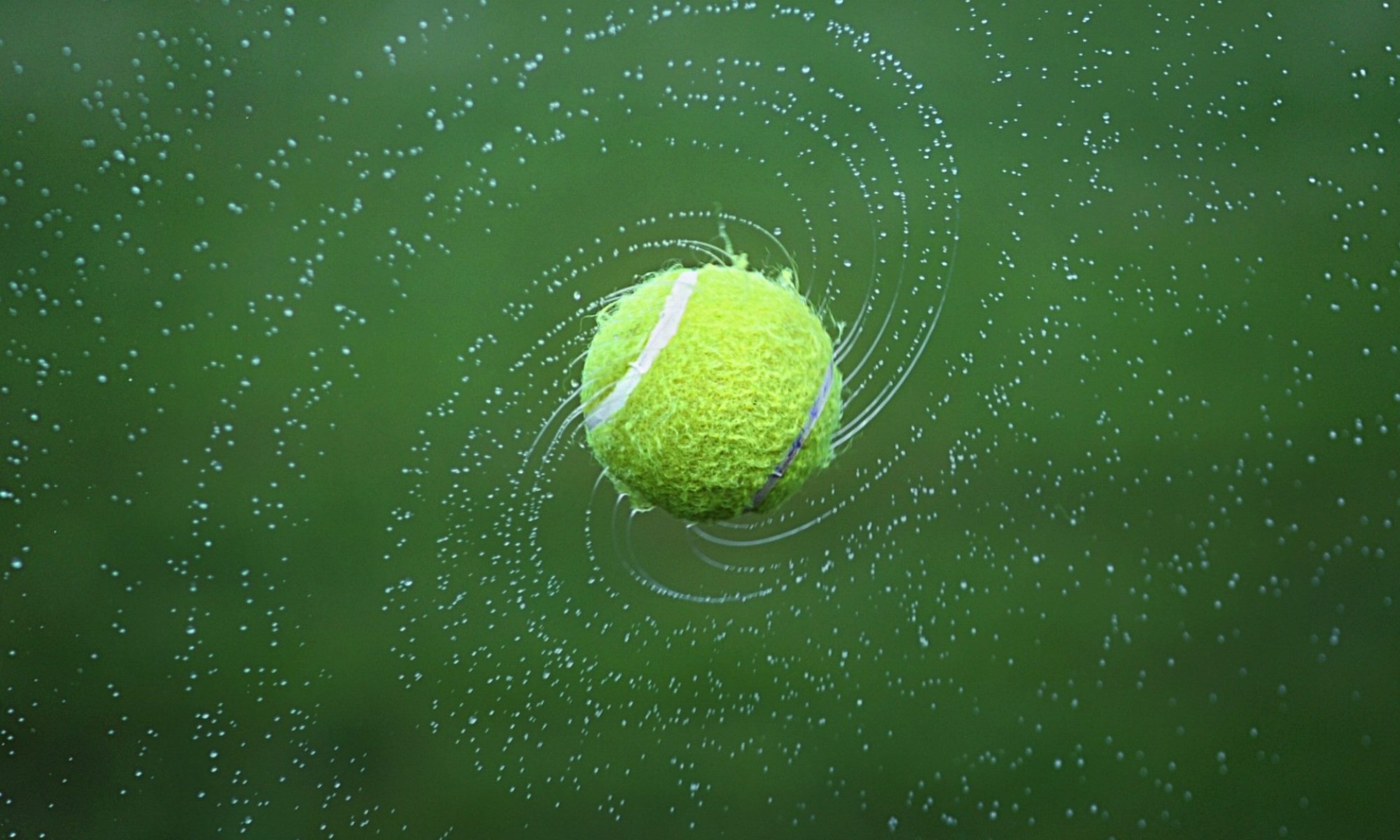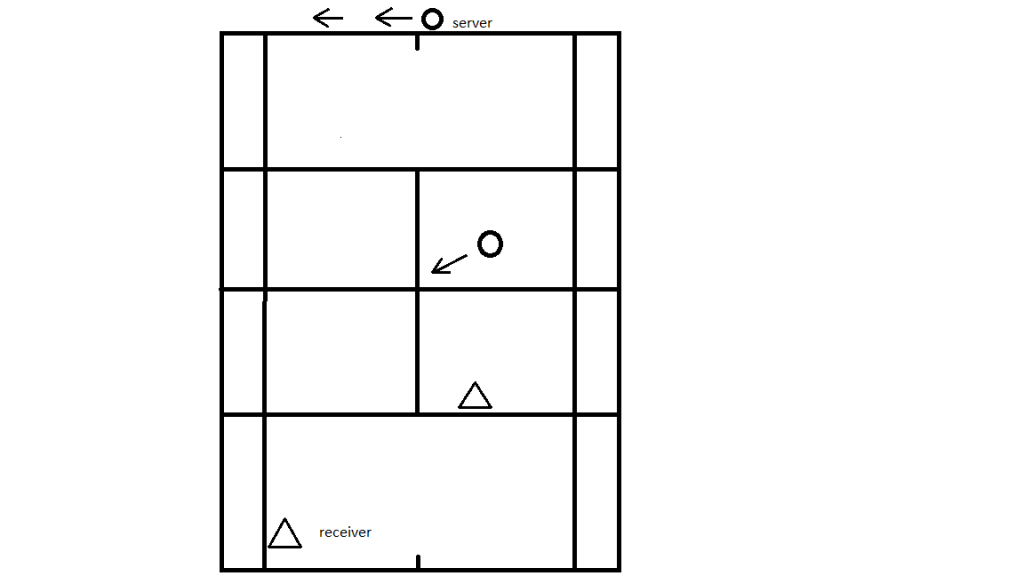Poaching
Now that we’ve worked on your volley the last few weeks, lets put it to use in doubles. Poaching may be one of the scariest moves you’ll make on the tennis court, but to be a good doubles player, it’s essential that you learn to do it well. There are four critical elements to poaching: positioning, stance, timing, and direction. Let’s take a look at each of them.
- Positioning-most players stand too close to both the net and the alley to poach successfully. For best results, stand right in the middle of the service box. In this position you are right in front of the returner, who will immediately consider you more of a threat. You are also in position to intercept any return not hit perfectly crosscourt.
-
Stance–lower your center of gravity by widening your feet and bending your knees. In this stance you will be more balanced and able to push off to go in either direction, right or left.
-
Timing–take off for your poach either just before or right as the returner is hitting the ball. This way you are making your move when the returner is concentrating on hitting the ball so they won’t notice you (or even better, notice you and make an error on the return).
-
Direction–always move diagonally toward the net. Players often just move sideways(usually because they are already too close to the net). By moving forward as well, your momentum helps you punch the volley, helping to resist the urge to take the racket back for power.
I hope these tips help you develop good poaching technique. Remember, practice, practice, practice. That goes especially for the timing part of the poach. Developing good timing on the poach will yield big results in points won.

